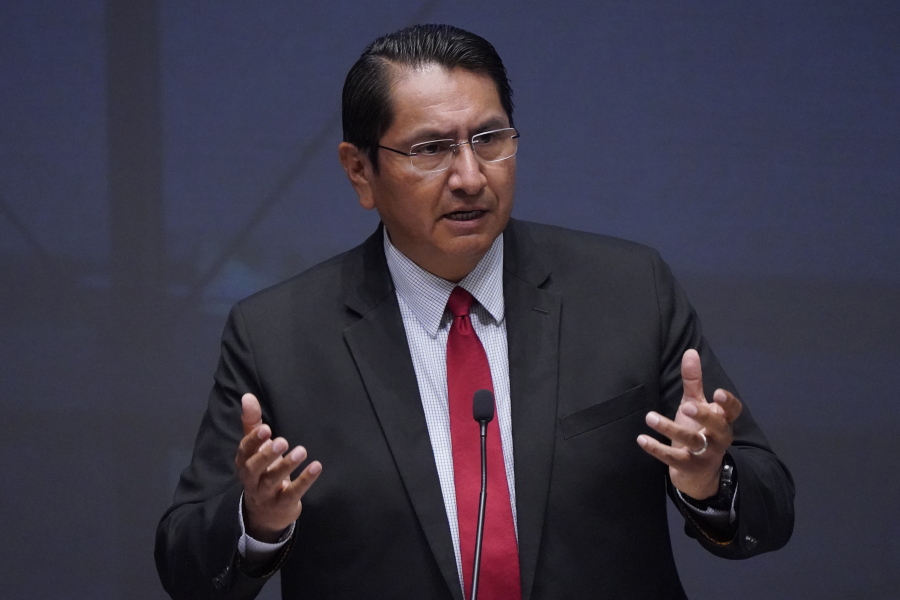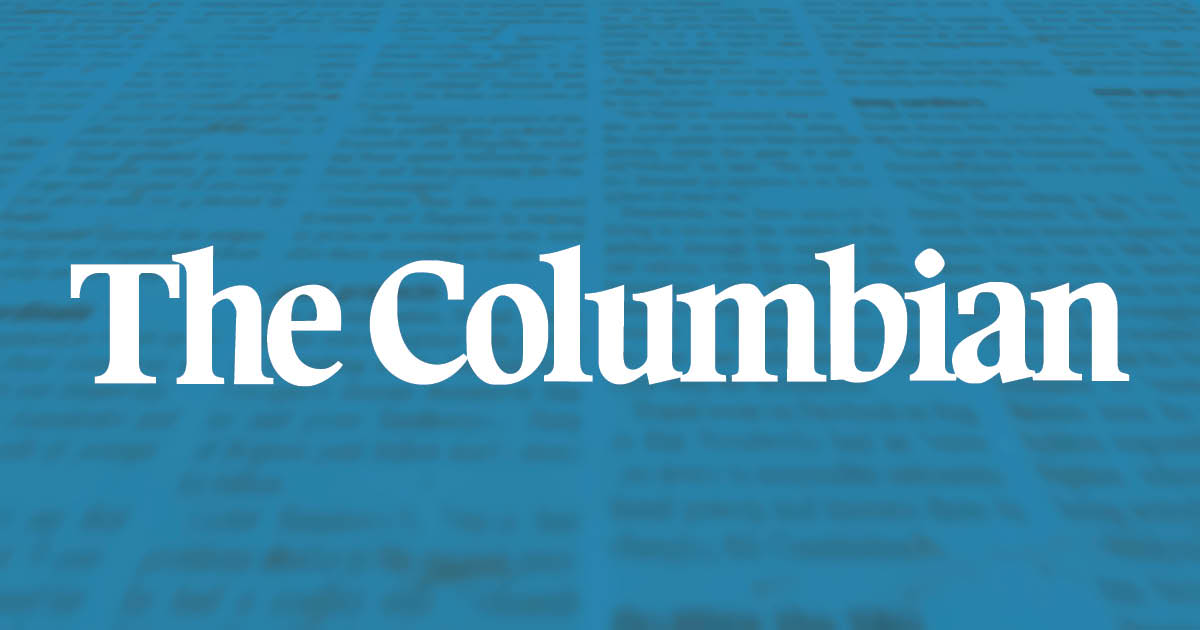FLAGSTAFF, Ariz. (AP) — Navajo voters will decide Tuesday who they want to be their next president, a post that carries national influence because of the tribe’s large population and the size of its reservation in the southwestern United States.
Incumbent President Jonathan Nez faces four more years of work to implement infrastructure projects that will provide running water, electricity and broadband access to tens of thousands of tribal residents who live without it.
“Here’s an opportunity to take a shot at the Navajo economy and bring our Navajo people back,” Nez said in a recent interview. “All in all, it’s nation-building, bringing our specialists home.”
Nez’s challenger, Buu Nygren, also sees the need, but said Nez has spent more than two decades in politics to make it happen.
“I’m used to being responsible for every job,” said Nygren, who has construction management experience. “I follow this approach. If I don’t perform, I have no business here.”
The Navajo population of 400,000 is second only to the Cherokee Nation of Oklahoma. It also has the largest land base of any tribe at 27,000 square miles (70,000 square kilometers), spanning parts of New Mexico, Arizona, and Utah.
About a third of the reservation’s residents, 126,000 Navajos, are registered to vote in the tribe’s general election, which will also determine the composition of the 24-member Navajo National Council, which is often considered more powerful than the tribal presidency. Nez and Nygren were the top two vote-getters in the tribe’s August primary election among 15 candidates who advanced to the primary.
Nez chose Chad Abeyta, a US Air Force veteran and attorney, as his running mate. Nygren’s ticket includes Richelle Montoya, Torreon/Star Lake Ward Leader-Elect and school board member.
The Navajo Nation has never elected a woman president or vice president.
The Navajo Nation has been in the spotlight during the coronavirus pandemic because at one point it had one of the highest infection rates per capita in the United States. Her decisive action became a textbook for other tribes on how to impose lockdowns, curfews and more. requirements to help slow the spread of the virus. Navajo Indian Health Service Director Roselyn Tso was later appointed by President Joe Biden and confirmed by the US Senate to lead the federal agency.
The virus exposed long-standing inequalities for the Navajo people, but also led to an infusion of federal money for the tribe, which will be used in part for infrastructure.
The tribe has long relied on revenue from the coal industry to fund its government, but that revenue has dwindled as coal-fired power plants and mines have closed. Although Navajo owns a stake in one coal plant and some coal mines, it is working to develop renewable energy sources.
Tourism also contributes to the economy of the reservation. The towering rock formations at Shiprock, Monument Valley and Canyon de Chelly are international draws, as is the story of the famous Navajo speaking coders, who developed a World War II code that the Japanese never cracked.
Nygren says the Navajo should take advantage of its geography and history as a way to stimulate the economy, as well as beautify flea markets and roadside stands where vendors sell jewelry, food and other goods. Nygren, who was the tribe’s 2018 vice presidential candidate, was frustrated with the pace of tribal government and projects.
The unemployment rate on the reservation hovers around 50%.
“Millions and millions of dollars are probably cruising through the Navajo Nation every day and we’re not capturing it,” Nygren said.
Nez acknowledged that businesses have been affected by the strict measures taken against the Navajo people to prevent the spread of the coronavirus. He called on mine and power plant workers who have lost their jobs and have skills in various fields to set up businesses and apply for contracts for infrastructure projects worth about $1 billion.
“Now there are several iron elements of constant change in the fire,” he said.







